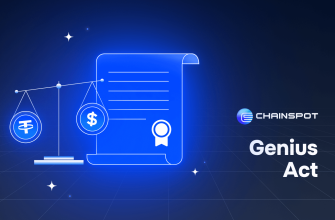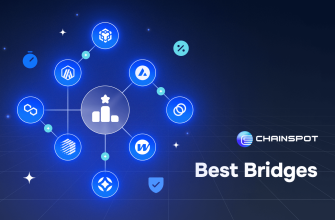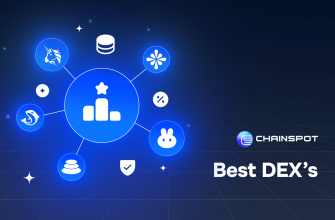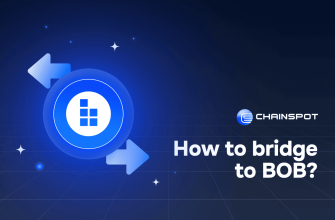Yield farming has emerged as a groundbreaking concept within the decentralized finance (DeFi) ecosystem. It offers cryptocurrency holders the opportunity to earn rewards by providing liquidity to DeFi protocols.
This article explores the fundamentals of yield farming, its distinguishing features, profit-making strategies, comparison with staking, and the associated risks.
What is Yield Farming?
Yield farming, also known as liquidity mining, involves users lending or staking their cryptocurrencies in exchange for interest or new cryptocurrency tokens. It is a process where individuals provide liquidity to DeFi platforms and receive returns, often paid out in the platform’s native tokens.
The underlying mechanism is similar to traditional financial systems where investors earn interest by lending out their capital. However, yield farming operates within decentralized networks, typically built on blockchain technology, ensuring transparency and trustlessness.
Key Features of Yield Farming
Yield farming’s core feature is liquidity provision, where participants deposit their assets into liquidity pools, facilitating trading and lending activities on the platform.
Rewards are typically distributed in the form of the platform’s native tokens or other cryptocurrencies, which can be substantial, especially during the initial stages of a project. The entire process is powered by smart contracts—self-executing contracts with the terms directly written into code—automating the distribution of rewards and the management of liquidity pools.
Returns in yield farming can be highly variable, influenced by the amount of liquidity provided, token demand, and overall market conditions. Additionally, many platforms offer governance tokens as rewards, allowing participants to have a say in the platform’s development and decision-making processes.
How to Profit from Yield Farming
To maximize profits from yield farming, users need to adopt strategic approaches. Here are some essential tips:
- Research and Due Diligence: Before committing funds, thoroughly research the platform and the project behind it. Assess the team, the community, and the platform’s security measures.
- Diversification: Spread investments across multiple platforms and pools to mitigate risk. Diversification helps in balancing potential losses with gains from different sources.
- Monitor the Market: Stay updated with market trends and platform-specific developments. This helps in making timely decisions to switch pools or withdraw funds when necessary.
- Compound Interest: Reinvest the earned rewards to compound the returns. Many platforms offer auto-compounding features that automatically reinvest rewards into the liquidity pool.
- Risk Management: Only invest what you can afford to lose. Yield farming can be highly volatile, and sudden changes in the market can lead to significant losses.
Differences Between Yield Farming and Staking
While both yield farming and staking involve locking up assets to earn rewards, they operate differently.
Staking involves locking up tokens in a proof-of-stake (PoS) blockchain to support network operations, such as block validation, whereas yield farming involves providing liquidity to DeFi protocols. Staking rewards are usually fixed and predictable, whereas yield farming rewards can vary greatly depending on the liquidity pool’s performance and market conditions.
Yield farming often requires more active management and understanding of different DeFi protocols, making it more complex compared to the relatively straightforward process of staking. Additionally, yield farming generally carries higher risk due to potential impermanent loss, smart contract vulnerabilities, and market volatility, whereas staking is considered relatively safer, especially in well-established PoS networks.
Safety Considerations in Yield Farming
Yield farming, while lucrative, comes with inherent risks. Smart contracts, which power yield farming, are not infallible and can contain bugs or vulnerabilities. It’s crucial to choose platforms that have undergone thorough audits by reputable firms.
Impermanent loss is another risk, occurring when the value of the deposited assets in a liquidity pool changes relative to when they were deposited, potentially reducing returns when withdrawing the assets. The platform itself may be susceptible to hacks or scams, so verifying the platform’s reputation and security measures before investing is essential. Market volatility can cause significant fluctuations in the value of rewards and underlying assets, necessitating preparedness for potential market swings. Additionally, the regulatory landscape for DeFi is still evolving, and changes in regulations can impact the operations of DeFi platforms and, consequently, yield farming activities.
Conclusion
Yield farming represents a revolutionary opportunity within the DeFi space, offering the potential for high returns through the provision of liquidity to decentralized protocols. However, it requires a deep understanding of the mechanisms involved, constant market monitoring, and a proactive approach to risk management.
By distinguishing it from staking and recognizing the associated risks, investors can make more informed decisions and potentially reap significant rewards. As with any investment, due diligence and caution are paramount to navigating the complexities of yield farming successfully.












